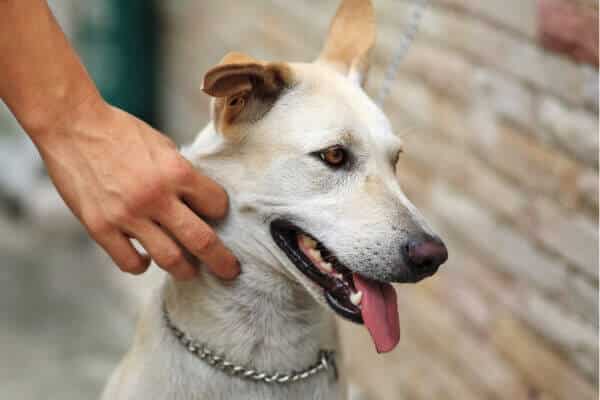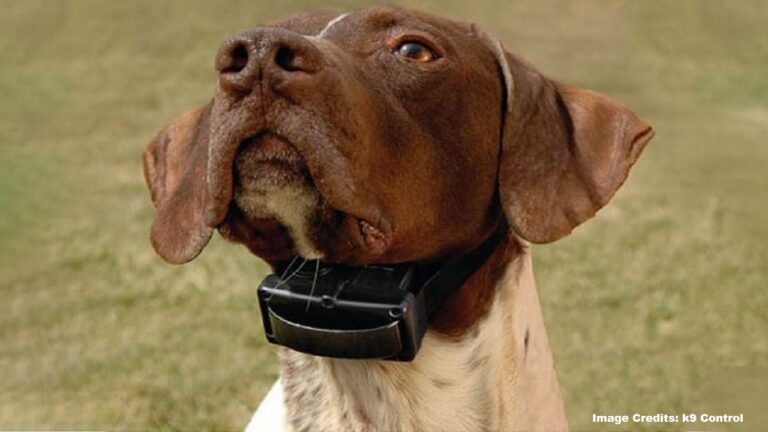Do Dogs Still Bleed After Mating? Everything You Need To Know

Why Your Dog Might Bleed After Mating (And When to Worry)
If you’ve ever seen your dog bleeding after mating, you know how unnerving it can be. Is this normal? Should I call the vet right now? It’s not the kind of thing you expect or hope to deal with as a dog owner, but it’s better to be informed than to panic.
Let me walk you through what I’ve learned about this, both from personal experience and plenty of research (plus a few worried phone calls to my vet). We’ll cover the normal, the not-so-normal, and when it’s time to pack up your furry friend and head to the clinic.
The Heat Cycle and Mating Basics
To understand why your dog might bleed after mating, you’ve got to know a little about their heat cycle. Female dogs go into heat about twice a year, and it’s a rollercoaster of hormones and behavior changes. This cycle has four stages: proestrus, estrus, diestrus, and anestrus. Each stage is like its own chapter in your dog’s reproductive story, complete with unique symptoms and timing.
- Proestrus: The prelude. You’ll see swollen vulva and bloody discharge for 9–11 days (sometimes longer). She’s not quite ready to mate yet, even if she’s acting flirty.
- Estrus: The main event. This is her fertile window, lasting 5–7 days. Discharge often lightens up or stops entirely, and she’ll likely be welcoming male attention with open paws.
- Diestrus: The cooldown. Hormones shift, and she’s either pregnant or heading back to normal. This lasts about 60–90 days.
- Anestrus: The quiet phase. No drama here – her reproductive system takes a break for 6–8 months.
Dogs typically mate during estrus, and the process itself can look…well, intense. From the mounting and thrusting to the infamous “tie” (where the male’s swollen organ locks inside the female), it’s a physical experience. Sometimes, things don’t go perfectly smoothly, and that’s where post-mating bleeding can enter the picture.
When Bleeding After Mating is Probably Fine
In many cases, a little spotting after mating is no big deal. It can happen because the process itself is, let’s face it, a bit rough on your girl’s delicate parts. Think small tears or irritation – it’s like getting a paper cut but, you know, down there. This kind of bleeding is usually light and clears up in a couple of days.
But if the bleeding seems heavier than a little spotting or goes on longer than a week, there could be something more serious going on.
Possible Reasons Your Dog is Still Bleeding
Here’s where it gets tricky. While post-mating bleeding isn’t always an emergency, it can point to underlying issues that need attention. Here are the big ones:
- Prolonged Proestrus
Sometimes, a dog’s proestrus stage (the one with the bloody discharge) stretches on longer than usual. This can happen due to hormonal imbalances, and younger dogs are especially prone during their second heat cycle. If your dog is still bleeding heavily and showing no signs of moving into estrus, give your vet a call.
- Pyometra
This one’s a vet-emergency-level big deal. Pyometra is a nasty infection of the uterus that can happen after hormonal changes in the heat cycle. It often comes with foul-smelling discharge (sometimes bloody), lethargy, vomiting, and a swollen belly. My vet once described it as “one of those things you don’t wait on” – and she’s right. Get your dog in ASAP if you suspect this.
- Infection
If your dog has a bacterial or yeast infection, it can cause redness, irritation, and yes, bleeding. You might notice her licking herself more than usual or acting uncomfortable. This one is treatable but needs a proper diagnosis to get the right meds on board.
- Tumors
This is rare but not impossible. Tumors can cause bleeding, pain, and other symptoms like difficulty urinating. Spaying your dog is the best preventive measure here, but if she’s intact and bleeding abnormally, it’s worth investigating.
- Urinary Tract Infections (UTIs)
Ever had a UTI? Then you know how miserable they are. Dogs can get them too, and mating can sometimes exacerbate the issue. Blood in the urine, frequent attempts to pee, and discomfort are telltale signs.
- Trauma from Forcible Separation During a Tie
If someone panicked and tried to pull the dogs apart during the tie, it can cause serious injury. Never do this! The tie is natural and part of the process – just let them be, even if it feels awkward.
- Blood Clotting Disorders
Conditions like Von Willebrand’s disease or thrombocytopenia can make even minor injuries turn into big bleeding problems. If your dog seems to bleed excessively from small wounds, talk to your vet about testing for clotting issues.
How Long Should Bleeding Last?
For minor irritation or spotting, bleeding usually stops within 2–3 days. If your dog’s still bleeding after 4–7 days, it’s time to take action. Trust your gut – if it feels like “too much” bleeding, it probably is.
When to Call the Vet
Let me say this: I’m all about the “better safe than sorry” approach. If you notice any of the following, don’t wait it out:
- Bleeding that’s heavy or lasts longer than a week.
- Other symptoms like lethargy, vomiting, loss of appetite, or abdominal swelling.
- Brown, green, or foul-smelling discharge.
- Signs of pain or discomfort.
Your vet will likely run tests to rule out serious conditions and may recommend antibiotics, hormone therapy, or even surgery, depending on the cause.
Can a Dog Still Get Pregnant if She’s Bleeding?
Short answer: Yes. Bleeding doesn’t necessarily mean your dog isn’t fertile. If she’s in estrus, pregnancy is still on the table. That said, mating during proestrus (when bleeding is normal) isn’t ideal – it’s better to wait until she’s in the fertile phase of her heat cycle.
Final Thoughts
I get it – seeing your dog bleed after mating can be alarming. But in many cases, it’s nothing to lose sleep over. Keep an eye on the symptoms, trust your instincts, and don’t hesitate to loop in your vet if something feels off.
And remember, owning a dog means navigating these weird and sometimes messy moments. It’s all part of the package, but knowing what to watch for makes it a little less scary. So, here’s to being prepared and giving your pup the best care possible. You’ve got this!
Related Articles
Read related posts about





